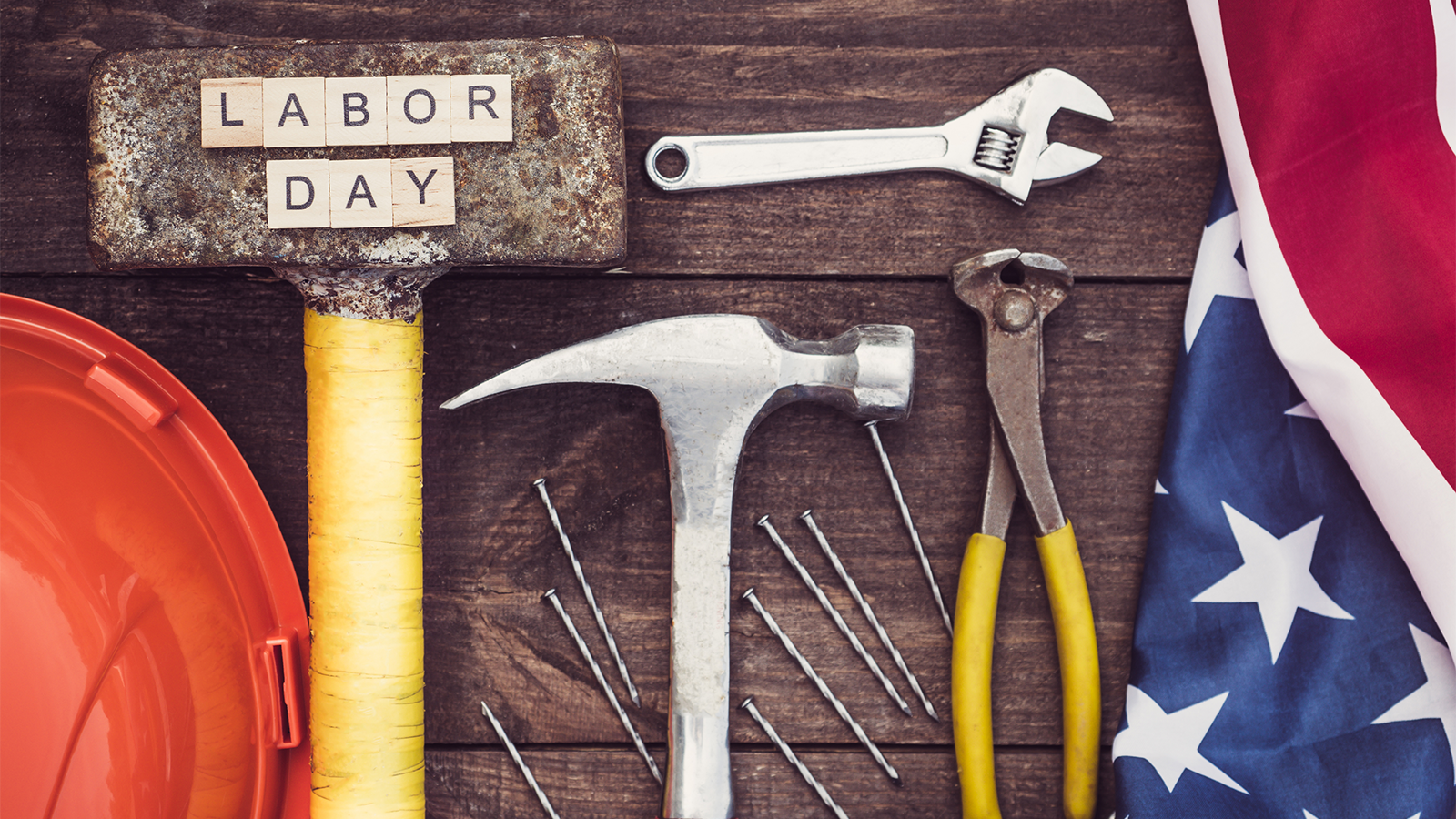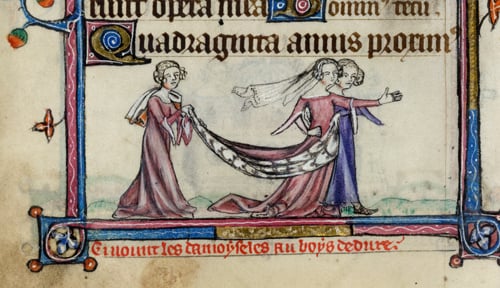
Labor Day commemorates the American worker on the first Monday in September. This upcoming Labor Day, remember to highlight the history of workers who are often overlooked or forgotten: slaves, domestic laborers, military-camp followers, and children.
American labor unions led the charge in creating this public celebration honoring working Americans. A parade in New York City celebrated the first Labor Day on September 5, 1882. Five years later, Oregon was the first state to make Labor Day an official holiday. In 1894, twenty-four more states approved the holiday and Congress officially followed that same year, making the first Monday in September a federal holiday nationwide.
Because 19th-century labor unions were the main supporters of this holiday, the focus was on working-class wage laborers in factories, mines, mills, and railroads. However, the instrumental work of many other groups of Americans was overlooked. This Labor Day–September 2, 2019, the 125th anniversary–teach your students about the holiday’s history to commemorate the historical contributions of the following groups of people.
1. Slaves
From ancient civilizations through the 19th century, and even in the modern world, men, women, and children have worked as slaves, performing labor for free. While this can be a tricky topic for students to grasp at the elementary level, there are ways to mention slavery and unpaid labor in the classroom. For every historical unit you teach, consider the work of slaves, the impact of slavery on the lives of individuals as well as its impact on an economy. Remind your students that slavery continues today in countries all over the world. While slavery is technically illegal in every modern nation, new forms of slavery in which people are held by violence or the threat of violence still exists today in the sex trade, child trafficking, and other illegal practices (Bales 2012).
Credit: Catalogue of Illuminated Manuscripts
2. Domestic laborers
Cooking, cleaning, and childcare is hard work, now and in the past, but those who performed household labor for often reduced wages commonly get ignored in history. The importance of these vital jobs is rarely featured in economic reports or textbooks. Throughout history, most of this burdensome work was performed by women – mothers, daughters, female servants, and slaves. Daily household work has become associated so closely with the females that even in the 21st century the association appears natural. Ask students to consider how the modern or a historical economy would function if domestic laborers received higher wages. How would more pay for work that is traditionally viewed as “women’s work” change historical and modern perceptions of the role of women? Reports or journal assignments are an effective way to get students to tackle these essential questions.
3. Military camp followers
Armies throughout history have depended on camp followers for essential services such as cooking, laundry, and nursing. For example, during the American Revolution, numerous women and children traveled with the British and American armies, working to support the troops. Their labor was so important that army command often issued the women half rations and the children a quarter of the rations issued to the soldiers, but they were not always paid. The contributions of a few of these women have been recognized. “Molly Pitcher,” whose real name was Mary Ludwig Hayes, followed her husband to war. However, the histories and labor of most of these women was not documented throughout time. Surviving primary sources often described the women in a stereotypical manner as poor, dirty, and immoral rather than highlighting their important roles.

4. Children
Throughout history, children were an integral part of the pre-industrial household labor force, performing both domestic chores and other tasks essential to the economic survival of the family. In the Industrial Revolution, children worked long hours in factories and mines at difficult tasks for wages far below those of adults. The photography Collection of Lewis Hine (1874–1940) and photos by Jacob Riis (1849-1914) are valuable primary sources for classroom analysis, illustrating the work of children in the late 19th and early 20th centuries before the passage of the Child Labor Act of 1916. The Library of Congress and Farm Security Administration photograph collection features images of child laborers from the 1930s, providing valuable primary sources to analyze. Ask students to consider how expectations of and laws on child-labor have changed over the last century. Explore modern child labor regulations using the resources on the U. S. Department of Labor website.
Seeking more curriculum resources and professional learning opportunities?
Learn what socialstudies.com can do for you.
References
Bales, Kevin. Disposable People: New Slavery in the Global Economy. University of California Press, 2012.
Library of Congress. “National Child Labor Committee Collection.” https://www.loc.gov/collections/national-child-labor-committee/about-this-collection/
Cynthia W. Resor was a middle and high school social studies teacher before earning her Ph.D. in history. She is currently a professor of social studies education at Eastern Kentucky University. She is the author of a blog, Primary Source Bazaar, and three books on teaching social history themes using essential questions and primary sources: Discovering Quacks, Utopias, and Cemeteries:Modern Lessons from Historical Themes, Investigating Family, Food, and Housing Themes in Social Studies and Exploring Vacation and Etiquette Themes in Social Studies.
